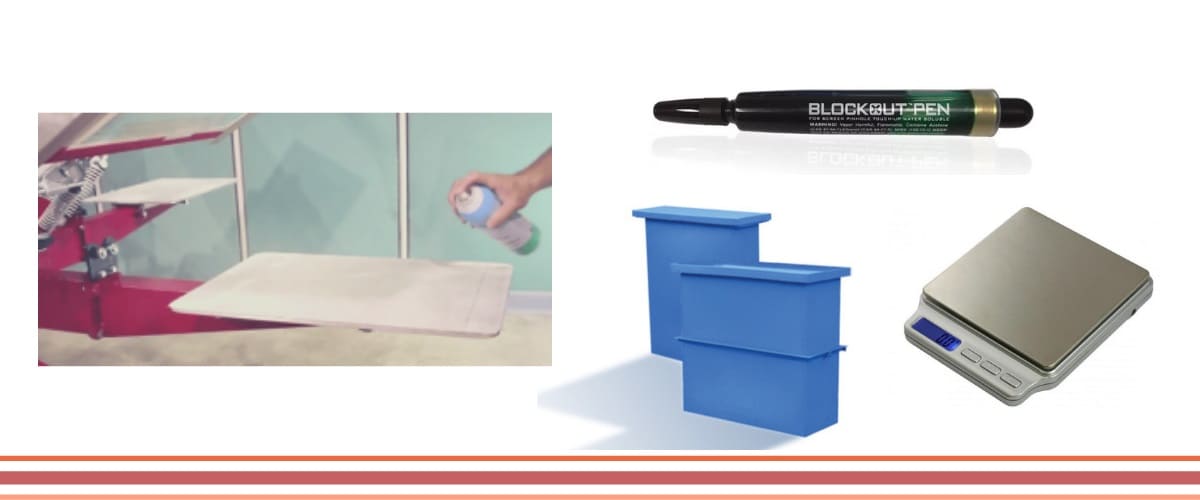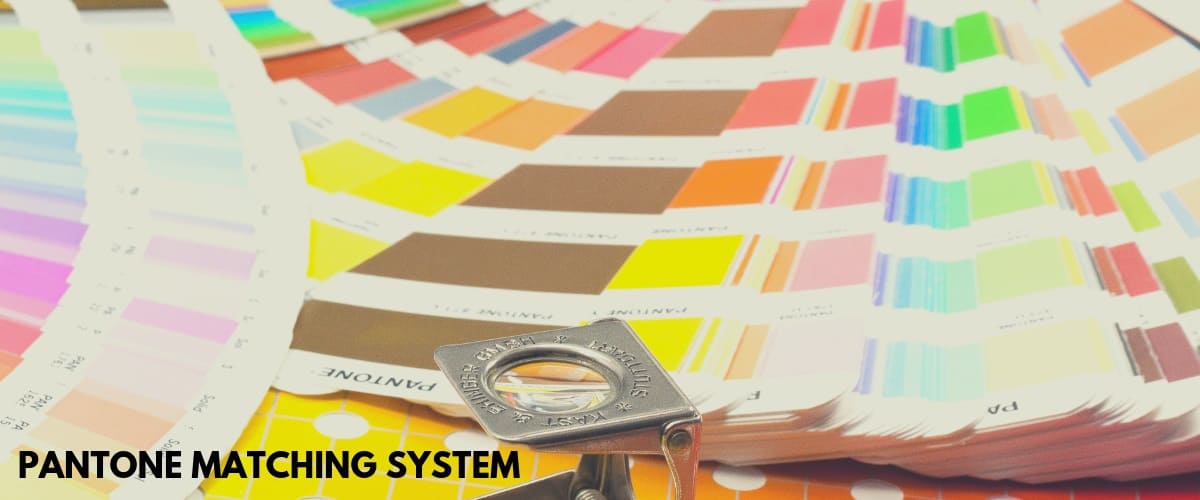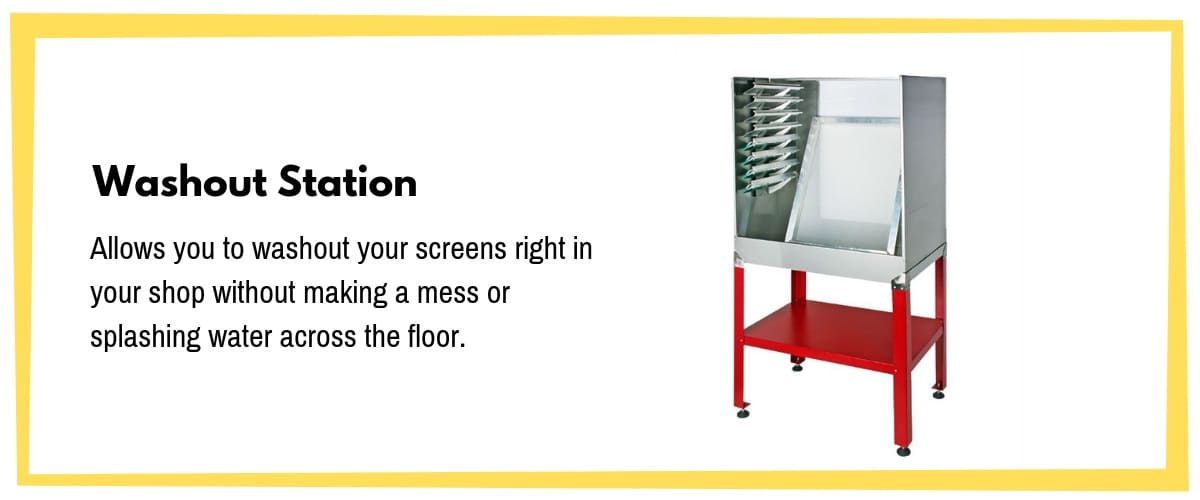No hay productos en el carrito.
es


Revolucionando la industria de la serigrafía a través de tecnología de punta y servicio de calidad
Teléfono: +1 847-367-9760
Anatol Equipment Manufacturing Co.
1429 S Shields Dr
Waukegan, IL 60085


Revolucionando la industria de la serigrafía a través de tecnología de punta y servicio de calidad
Anatol Equipment Manufacturing Co.
1429 S Shields Dr
Waukegan, IL 60085

Manual or automatic screen printing machine, flash cure unit, conveyor dryer, exposure unit, screens, squeegees: You know all of the major screen printing equipment you need to get your business up and running. Beyond those basics, there are plenty of tools you can use to help you run your shop more smoothly and efficiently and improve the quality of your products. Here is a list of tools you will find in most shops, along with some extra gadgets that can make your work easier and better.

Pinholes are a frustration for nearly every screen printer. Careful preparation will help to prevent pinholes, but those unintended dots of ink show up from time to time no matter how good your process is. Blockout pens are used to fix pinholes on the screen to prevent unwanted dots of ink on the final printed garment. Blockout pens essentially fill the pinhole so ink doesn’t make its way through. When a pinhole is spotted early, a blockout pen can get you quickly printing again.
Some printers swear by dip tanks when it comes to reclaiming screens. Dip tanks are filled with the chemicals and water needed to remove emulsion, and they are designed to fit screen printing screens. Dip tanks can reduce the amount of chemicals you use for reclamation, and they may speed up the process: One screen soaks in the dip tank while you wash out another.
Underexposing your emulsion may cause stencils to break down during printing, ruining your print run. Overexposed emulsion can be impossible to clean from screens during reclaiming. It might be difficult to determine the perfect timing for curing your emulsion in your exposure unit. Over time, the ideal exposure time can change as bulbs in an exposure unit weaken. An exposure calculator will help you identify the ideal exposure time. The cards are placed in the unit for differing periods of time, and the color of guide helps you identify the right exposure time for your screen printing emulsion.
Ink carks are an incredibly simple technology, but they will come in handy around your screen printing shop. Ink cards are simple pieces of flexible plastic that are used in a variety of ways. The most common use is to reclaim ink; after your screen printing runs, ink cards are used to scrape up nearly every bit of ink from your screens so you can reuse it. Ink cards also may be used to scrape emulsion from your scoop coater for the same purpose. You’ll likely find many more uses for these little cards around your screen printing shop, such as applying pallet glue, applying different treatments to screens and cleaning up small messes.
The movement of the squeegee across your screens may sometimes cause your garments to shift during screen printing, blurring prints and interfering with proper registration. Pallet adhesives help you keep substrates in place. Pallet adhesives come in a variety of forms: You can purchase them in aerosol form, in sheets or in bulk buckets as a liquid, which are brushed into place or applied with a sprayer.

You can purchase screen printing ink in countless colors, and mixing your inks allows you to create custom colors. Using the Pantone Matching System is one way to help you identify the right color for your screen printing job, or precisely match a client’s color request. With Pantone Matching, you purchase a book of color swatches. The guide then tells you which colors you need to mix in the proper ratio to create your desired color. The Pantone Matching System is especially important for screen printers who plan on doing custom work for brands, which often have Pantone colors assigned to their logos for consistency.
Pellons allow you to test your screen prints without wasting any garments. Pellons are sheets of fibers that mimic the look and feel of a typical t-shirt. They provide you with a cheap surface to print on to check your colors, registration and stencils. Pellons can even be flash cured or run through your conveyor dryer, enabling you to test the entire printing and curing process to get a feel for how your print will turn out.
A simple table-top scale can be an invaluable tool in your screen printing shop. Many formulations for ink colors and ink additives are given by weight. Your scale allows you to weigh your inks and ink additives to ensure you are mixing the proper portions for your desired outcome.
It takes a little elbow grease to clean and reclaim your screens. You need to be able to scrub the ink, emulsion and other debris from your screens, but you run the risk of damaging the delicate mesh of your screens, which may wear them out prematurely or affect your stencils or screen prints. Purchasing scrub brushes or sponges that are specifically designed for screen printing screens can help you to safely and effectively clean your screens.
How do you store your screens? One of the easiest ways to store a multitude of screens is in screen racks. These racks allow you to store screens horizontally without stacking them one on top of the other. This storage position is ideal for drying screens after emulsion has been applied.
Screen tape is a handy tool to keep in your screen printing shop. Most commonly, screen tape is applied around the edges of your stencil to create a tight seal between the edges of the emulsion and the screen frame to prevent ink from leaking around the stencil during screen printing. Screen tape also can be used to block pinholes on your stencils, and many screen printers find other uses for screen tape in their shops.
No matter how clean you keep your screen printing shop, spots happen. Dust lands on shirts, light-colored garments sometimes scorch under the heat of a flash cure unit or a conveyor dryer, the grease from your press operator’s hands can get onto a shirt. For that reason, it’s important to have spot remover on hand in your screen printing shop. There are spot removers out there that are designed to address different types of spots, and having them in your shop can save you from having to throw out a garment because of a scorch mark, grease spot or pinhole.
Your ink has to come to the right temperature after printing to properly cure. If your screen prints aren’t properly cured, you will run into problems. Your finished screen prints will crack or wash away, and you’ll be left with unhappy customers. The best way to tell if your ink has been fully cured is to check the temperature during curing. Temperature probes or temperature tape can be placed directly on garments as they run through your conveyor dryer allowing you to monitor the temperature. A temperature gun allows you to check the temperature of your inks as they come out of the conveyor dryer or while they are under the flash cure.
Laying down the right amount of ink or achieving proper registration during screen printing requires properly tensioned screens. When screens are loose, the screen will shift during printing, or it won’t snap cleanly away from your substrate, sheering the ink for a crisp print. A tension meter allows you to test the tension of your screens so you can be sure that your screen is properly tensioned for screen printing. When screens are no longer holding their tension, it’s time to have them retensioned or replaced.

You can wash out your screens anywhere provided you’re careful about preventing pollution, but a washout station allows you to washout your screens right in your shop without making a mess or splashing water across the floor. A washout station will neatly hold your screen for you while you wash it, and it gives water a place to go. Not only does a washout station give you the convenience of being able to wash your screens out right in your shop, but it also allows you to wash out your screens in a clean environment; if you take them outside to washout, you run the risk of contaminating your screens with dirt or other debris.
Like most trades, screen printing has a seemingly endless lineup of tools and gadgets that can make the job easier and faster and make your finished product better. Many of the items on our list are mainstays in nearly all screen printing shops. As you print more and more, you’ll discover which gadgets you like to have on hand in your shop to suit your screen printing style.
Your message was successfully sent!